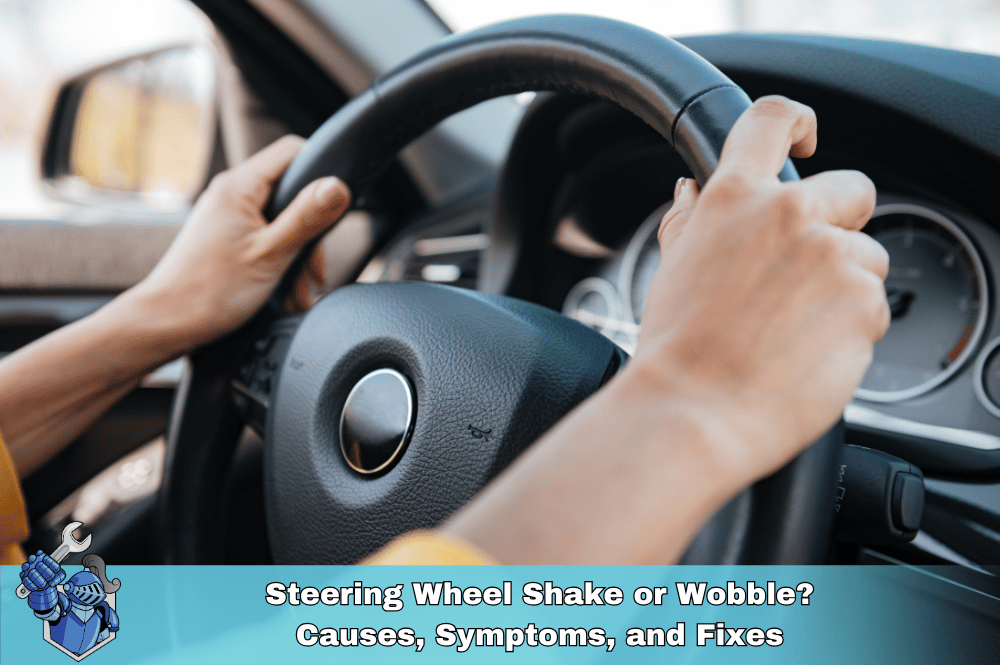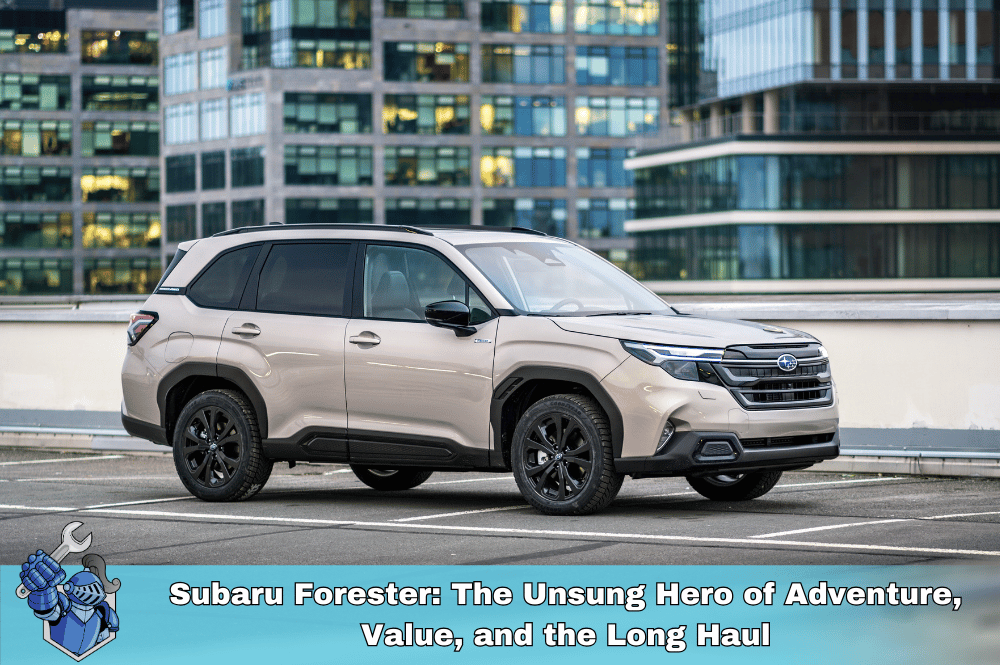4WD systems typically send power to all four wheels only when engaged by the driver, while AWD systems continuously distribute power to all wheels automatically.
When it comes to purchasing a vehicle, especially in regions where weather conditions and terrain can vary drastically, understanding the differences between 4-wheel drive (4WD), also known as 4x4, and all-wheel drive (AWD) is crucial. Both systems offer enhanced traction and stability, but they do so in different ways, catering to various driving needs and preferences. In this article, we’ll break down the key differences between 4WD and AWD, discuss the pros and cons of each system, and help you determine which option is the best fit for your driving habits. Additionally, we'll highlight the importance of having an extended vehicle warranty, such as those offered by NobleQuote, to protect your investment.
Understanding 4-Wheel Drive (4WD or 4x4)
What is 4WD or 4x4?
4-wheel drive (4WD), often referred to as 4x4, is a drivetrain system designed to send power to all four wheels of a vehicle simultaneously. It’s particularly useful in off-road conditions and situations where maximum traction is necessary, such as driving on snow, mud, or rocky terrain. There are two main types of 4WD systems: part-time and full-time.
- Part-Time 4WD (4x4): Most commonly found in trucks and SUVs, part-time 4WD allows the driver to manually switch between 2-wheel drive (2WD) and 4WD. This is ideal for drivers who only need 4WD occasionally, as driving in 4WD mode on dry pavement can cause excessive wear and tear on the drivetrain.
- Full-Time 4WD (4x4): Full-time 4WD is always active, sending power to all four wheels at all times. This system is more versatile but less common than part-time 4WD.
Pros of 4WD (4x4)
- Off-Road Capability: 4WD systems are specifically designed to handle challenging off-road conditions, making them the preferred choice for adventurers and outdoor enthusiasts. Whether you're navigating steep inclines, rocky trails, or deep snow, a 4x4 vehicle will provide the traction and control needed to tackle tough terrains.
- Traction: 4WD provides superior traction in extreme conditions, such as deep snow, mud, or loose gravel. This makes 4x4 vehicles particularly valuable in areas with harsh winters or unpredictable weather patterns.
- Durability: Vehicles with 4WD are often built tougher, with reinforced suspensions and frames to handle rough terrains. This durability extends the lifespan of the vehicle, especially for those who frequently drive in demanding conditions.
- Resale Value: 4x4 vehicles tend to hold their value better than their 2WD counterparts, particularly in regions where off-road capability is highly valued. This makes them a solid investment for those who plan to resell or trade in their vehicle in the future.
Cons of 4WD (4x4)
- Fuel Efficiency: 4WD systems tend to be heavier and more complex, which can lead to reduced fuel efficiency compared to 2WD and AWD vehicles. The additional weight and mechanical drag of a 4x4 system can decrease gas mileage, which is an important consideration for long-distance drivers or those concerned about fuel costs.
- Cost: Vehicles equipped with 4WD are often more expensive upfront, and maintenance can be pricier due to the complexity of the system. The added components required for 4x4 capability, such as the transfer case and additional driveshafts, contribute to higher costs both at purchase and throughout the vehicle's lifespan.
- On-Road Handling: 4WD is not optimized for on-road driving. When used on dry pavement, it can cause increased wear on the tires and drivetrain components. In addition, some 4x4 systems can make the vehicle feel less agile in tight turns or at high speeds on smooth surfaces.
- Driver Involvement: Part-time 4WD systems require the driver to manually engage and disengage the system, which can be inconvenient, especially if driving conditions change frequently. While full-time 4WD alleviates this issue, part-time 4x4 systems are more common and require a more hands-on approach to operation.
Understanding All-Wheel Drive (AWD)
What is AWD?
All-wheel drive (AWD) is a drivetrain system that automatically distributes power to all four wheels based on driving conditions. Unlike 4WD, AWD is always on and doesn’t require driver intervention. AWD systems are typically found in sedans, crossovers, and some SUVs, offering a balance between on-road comfort and off-road capability.
There are two main types of AWD systems:
- Full-Time AWD: This system constantly sends power to all four wheels. Sensors monitor road conditions and adjust power distribution as needed to maintain traction.
- Part-Time AWD: Similar to full-time AWD but with more emphasis on fuel efficiency. Power is primarily sent to either the front or rear wheels, with power to the remaining wheels engaged only when slippage is detected.
Pros of AWD
- Versatility: AWD systems provide a good balance between on-road and off-road performance, making them suitable for a variety of driving conditions. Whether you're navigating city streets, highways, or light off-road trails, AWD ensures stable and confident handling.
- On-Road Handling: AWD enhances handling and stability, particularly in wet or icy conditions, by automatically adjusting power distribution between the wheels. This feature makes AWD vehicles ideal for drivers who face varying weather conditions but primarily stick to paved roads.
- User-Friendly: AWD operates without driver input, making it a convenient option for those who don’t want to manually engage 4WD. The automatic nature of AWD systems reduces the likelihood of driver error, ensuring that the system is always engaged when needed.
- Increased Safety: The continuous monitoring and adjustment of power distribution in AWD systems can contribute to safer driving experiences. This is especially true in slippery conditions where maintaining traction is crucial.
- Wide Availability: AWD is commonly available in a wide range of vehicles, from compact cars to luxury SUVs, offering consumers more options when selecting a vehicle that meets their needs.
Cons of AWD
- Cost: Like 4WD, AWD systems can be more expensive than 2WD, both in terms of initial purchase price and maintenance costs. The added complexity of an AWD system means there are more components that could require repair or replacement over the vehicle's lifespan.
- Complexity: The complexity of AWD systems can lead to higher repair costs if something goes wrong. Additionally, not all mechanics are familiar with the intricacies of AWD systems, which can make finding a qualified repair service more challenging.
- Fuel Efficiency: While more fuel-efficient than 4WD, AWD systems still tend to be less efficient than 2WD vehicles. The constant power delivery to all four wheels, even in ideal driving conditions, can reduce overall fuel economy.
- Weight: AWD systems add weight to a vehicle, which can impact acceleration and handling. For drivers who prioritize performance or fuel efficiency, this additional weight may be a drawback.
4WD (4x4) vs. AWD: Which One Should You Choose?
The choice between 4WD (4x4) and AWD ultimately depends on your driving needs, the environment in which you drive, and your personal preferences. Here’s a breakdown to help you decide:
Choose 4WD (4x4) If:
- You Frequently Drive Off-Road: If you regularly venture off the beaten path, 4WD is the clear choice. It’s designed to handle rough terrain, steep inclines, and deep snow or mud, making it ideal for adventurers and outdoor enthusiasts who need a vehicle that can keep up with their active lifestyle.
- You Live in a Rural Area: If you live in an area with poorly maintained roads, dirt trails, or extreme weather conditions, 4WD will provide the traction and durability you need. A 4x4 vehicle can navigate through challenging conditions that would leave a 2WD or even an AWD vehicle stranded.
- You Tow Heavy Loads: 4WD vehicles often have higher towing capacities, making them ideal for pulling trailers, boats, or other heavy loads. The enhanced traction of a 4x4 system ensures that your vehicle can handle the additional weight without losing stability or control.
- You Need Maximum Durability: 4x4 vehicles are built to withstand harsh conditions, with reinforced components and robust construction. If you need a vehicle that can endure tough environments and heavy use, a 4WD system is the way to go.
Choose AWD If:
- You Mostly Drive on Paved Roads: If your driving is primarily on well-maintained roads, but you still want the security of enhanced traction in rain or snow, AWD is the better option. AWD vehicles provide a smoother, more comfortable ride on pavement while still offering the confidence of all-wheel traction.
- You Want Better Fuel Efficiency: While AWD is less efficient than 2WD, it’s generally more fuel-efficient than 4WD, making it a better choice for those concerned about fuel economy. The lighter weight and more efficient power distribution of AWD systems contribute to better gas mileage.
- You Prefer Convenience: AWD systems require no input from the driver, making them more convenient for everyday driving. They automatically adjust to changing road conditions, providing peace of mind without the need for manual adjustments.
- You Prioritize Safety: The automatic and continuous nature of AWD systems contributes to increased safety, particularly in adverse weather conditions. If you drive in regions with unpredictable weather, AWD can help you maintain control and avoid accidents.
- You Want a Broader Vehicle Selection: AWD is available in a wide range of vehicles, from compact cars to high-end luxury SUVs. This means you can find an AWD vehicle that fits your lifestyle, whether you need a practical daily driver or a stylish family car.
The Importance of Vehicle Protection
No matter which drivetrain you choose, it’s important to protect your investment. Vehicles with 4WD and AWD systems are often more complex and expensive to repair, making extended warranties a smart choice. At NobleQuote, we offer comprehensive coverage plans that can help you avoid unexpected repair costs, giving you peace of mind whether you’re navigating city streets or off-road trails.
Our Diamond plan offers the best protection, covering almost every component in your vehicle, while our Elite and Premier plans provide extensive coverage for major systems like the drivetrain, suspension, and electronics. Even our basic Powertrain plan includes premium benefits like 24-hour roadside assistance and towing, ensuring you’re covered no matter where your journey takes you.
For more information on our coverage options and how they can protect your 4WD (4x4) or AWD vehicle, visit our Learning Center.
Conclusion
Choosing between 4WD (4x4) and AWD is a decision that should be based on your driving habits, the environments you frequent, and your personal preferences. While 4WD offers unparalleled off-road capabilities, AWD provides a balance of on-road comfort and off-road versatility. Regardless of your choice, protecting your vehicle with an extended warranty from NobleQuote can help you drive with confidence, knowing you’re covered in any situation.
For more details on our coverage options, explore our Learning Center today.
4WD or AWD? Clearing Up the Confusion
What is the main difference between 4WD and AWD?
Which is better for off-roading: 4WD or AWD?
4WD is generally better suited for serious off-roading due to its ability to lock the power distribution to all four wheels, providing maximum traction on challenging terrain.
Which is better for everyday driving in various weather conditions: 4WD or AWD?
AWD is generally better for everyday driving, especially in areas with snow, rain, or icy conditions, as it automatically adjusts power distribution for improved traction and stability.
Is 4WD or AWD more fuel-efficient?
AWD systems tend to be slightly less fuel-efficient than 4WD systems because they are always engaged, even when not needed.
Are 4WD and AWD systems available on all types of vehicles?
No, 4WD is typically found on trucks and SUVs, while AWD is available on a wider range of vehicles, including cars, crossovers, and SUVs.
Can I switch between 4WD and 2WD in a 4WD vehicle?
Yes, most 4WD systems allow you to switch between 4WD and 2WD modes depending on driving conditions.
Do I need 4WD or AWD if I live in an area with mild weather?
If you primarily drive in areas with good weather and well-maintained roads, 2WD may be sufficient. However, AWD can provide added peace of mind in unexpected situations like rain or snow.
Are there different types of 4WD and AWD systems?
Yes, there are various types of 4WD and AWD systems with different capabilities and complexities. Some common types include part-time 4WD, full-time 4WD, and various AWD systems with different power distribution methods.
Is it more expensive to maintain a 4WD or AWD vehicle?
Generally, 4WD and AWD vehicles can have slightly higher maintenance costs due to the additional components and complexity of the drivetrain.
Which should I choose: 4WD or AWD?
The best choice depends on your individual needs and driving habits. If you frequently encounter challenging off-road conditions, 4WD is likely the better option. If you prioritize all-weather capability and on-road performance, AWD might be a more suitable choice.
Suggestions for you
Read MoreLet’s work together
Every week we showcase three charitable organizations that our donations are sent to. Our clients are able to choose which of these three will receive their gift when they add coverage to their vehicle...

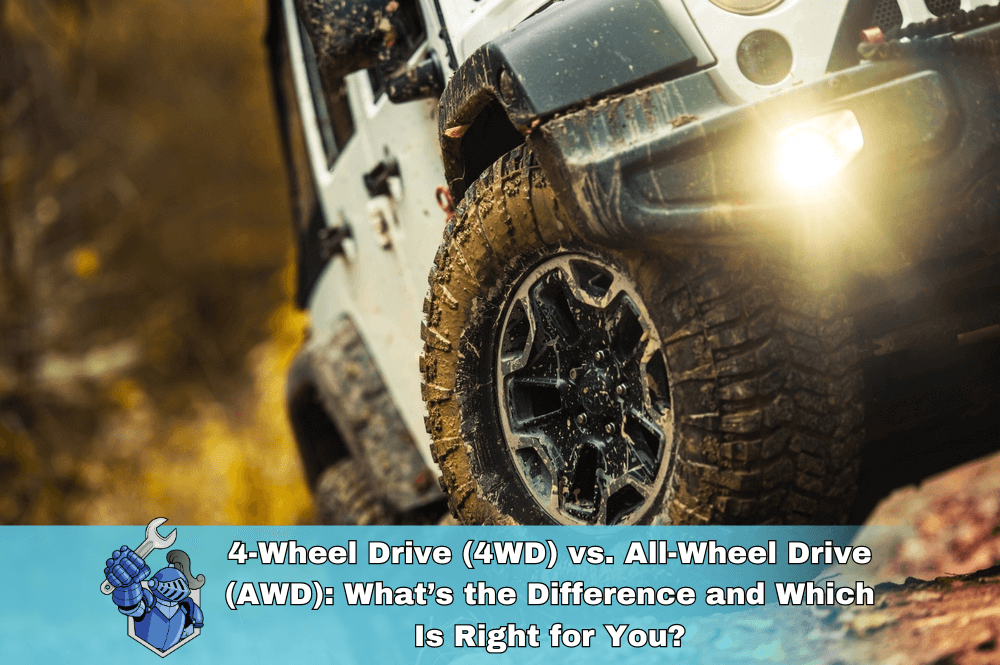
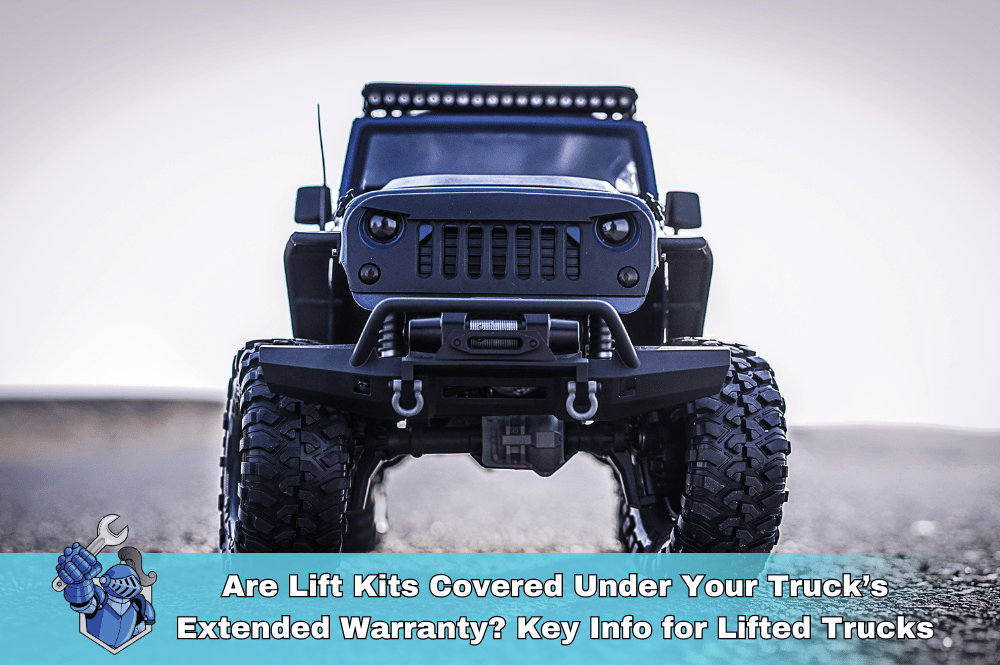 Are Lift Kits Covered Under Your Truck’s Extended Warranty? Key Info for Lifted Trucks
Are Lift Kits Covered Under Your Truck’s Extended Warranty? Key Info for Lifted Trucks Mastering the Art of Manual Transmission: A Comprehensive Guide to Driving Stick
Mastering the Art of Manual Transmission: A Comprehensive Guide to Driving Stick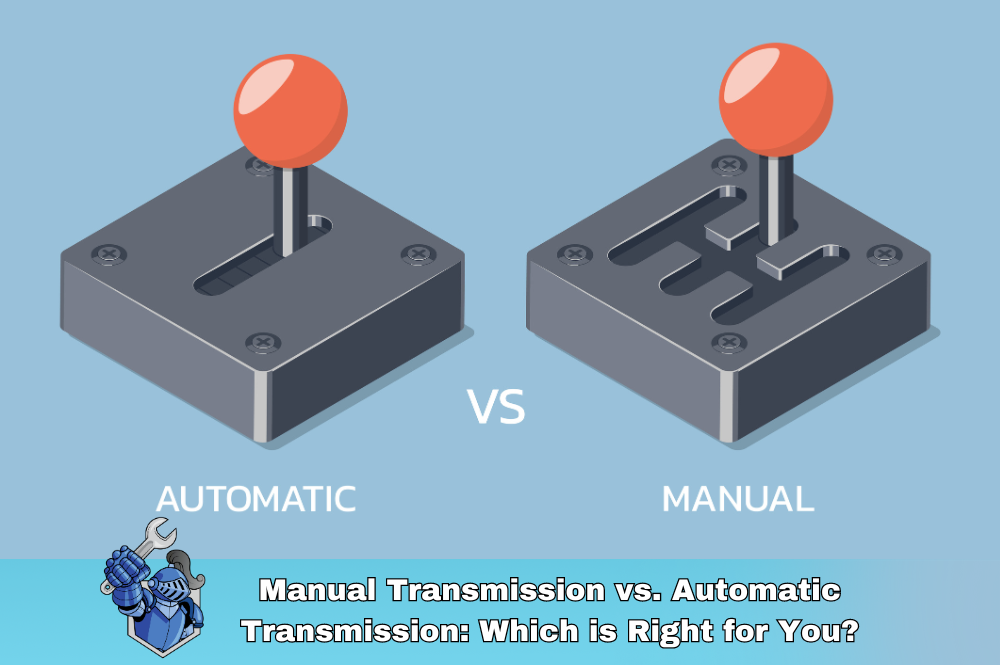 Manual Transmission vs. Automatic Transmission: Which is Right for You?
Manual Transmission vs. Automatic Transmission: Which is Right for You?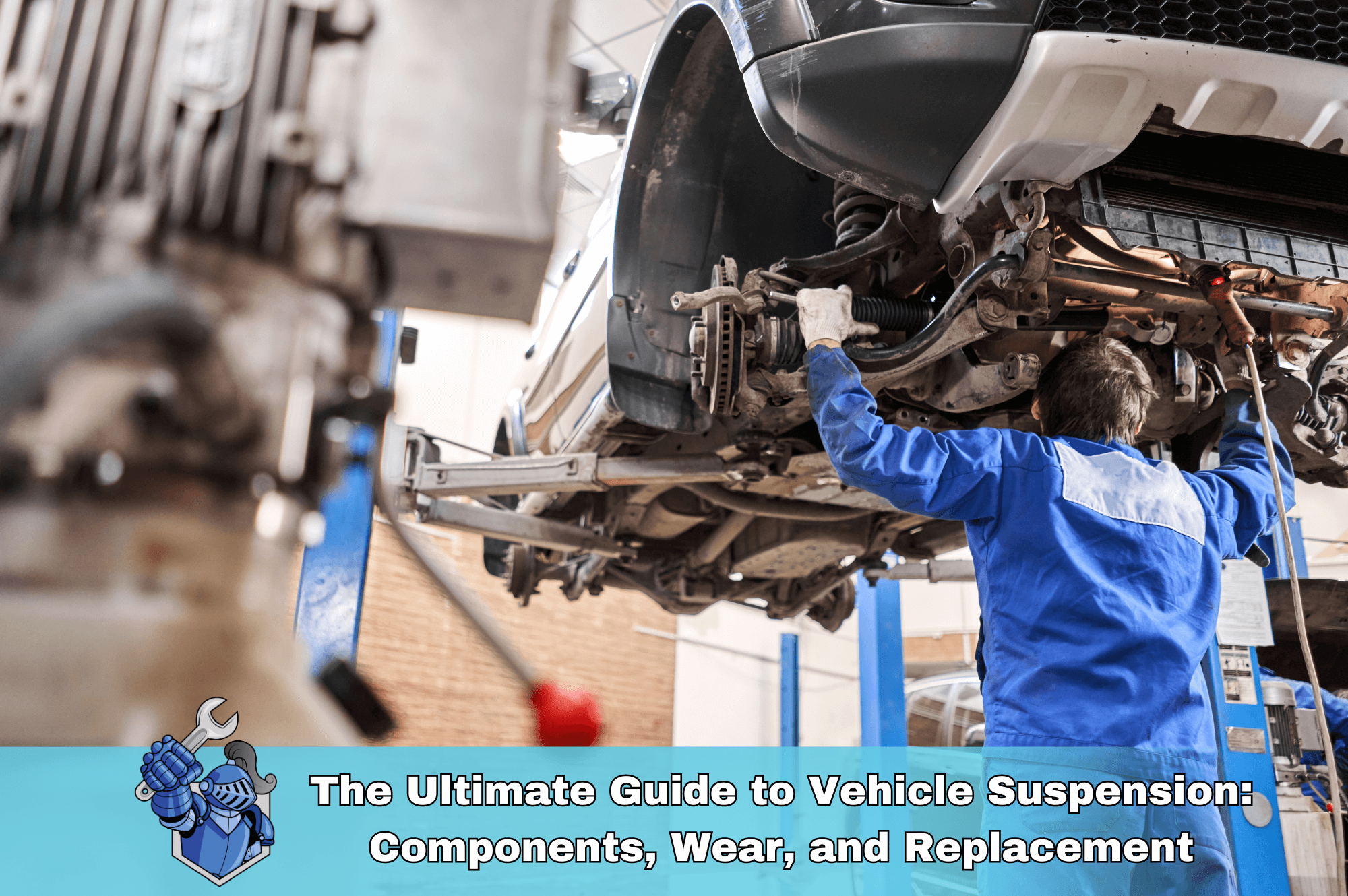 The Ultimate Guide to Vehicle Suspension: Components, Wear, and Replacement
The Ultimate Guide to Vehicle Suspension: Components, Wear, and Replacement